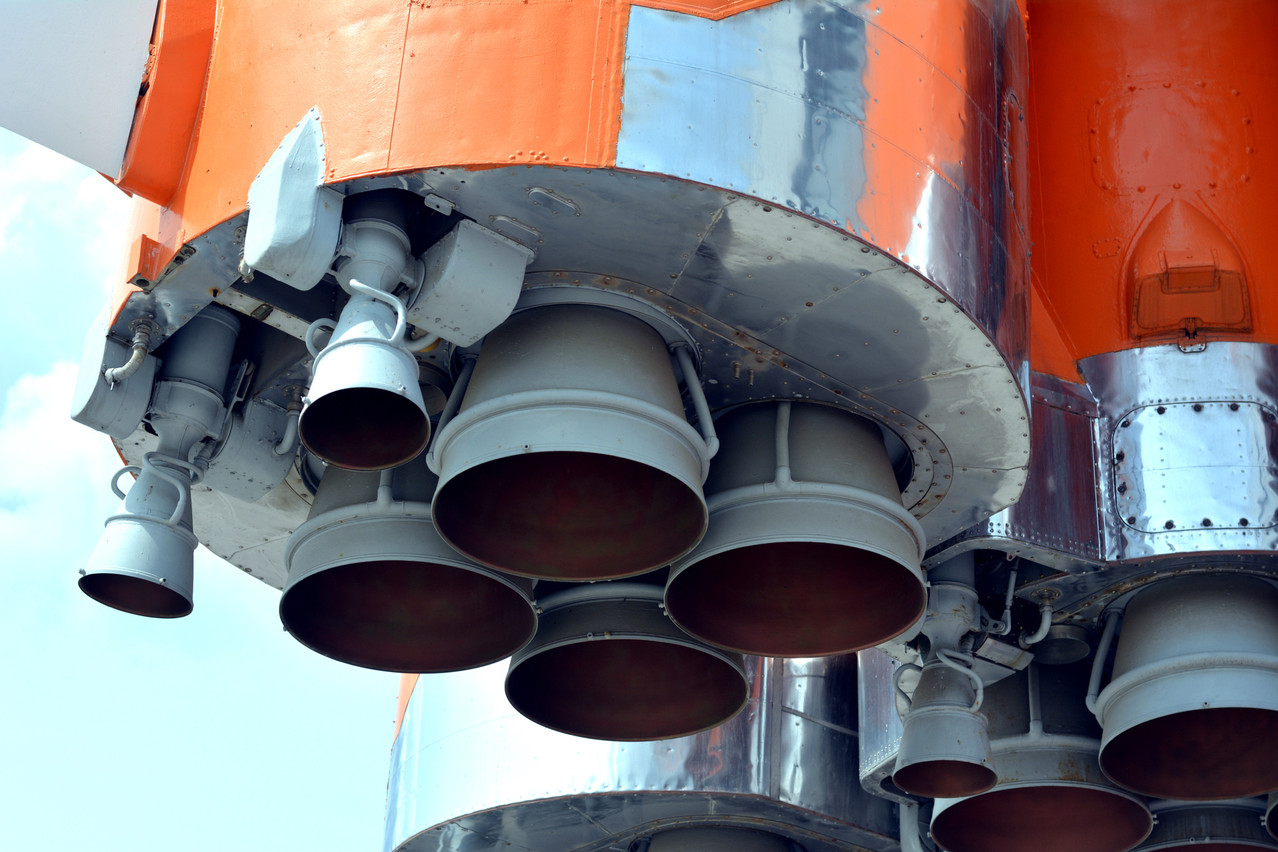The Space Launch System (SLS) will be the biggest rocket going further than any craft built to carry humans--16,000 kilometres further, in fact. Its capsule--Orion--will break the record for the longest time in flight without docking at a landing point (42 days), and will return to Earth faster (and safer) than any other so far (at 40,000km/h until the three parachutes bring it back to 32km/h to land in San Diego Bay).
Though a new launch date cannot be confirmed for now, the first opportunity for a new test should occur on 2 September, However, should engineers by then not be able to fix the leak causing one of the engines to not cool off properly, the launch will continue to be postponed, space agency Nasa confirmed.
In the first Artemis mission, the rocket will go through a six-week-long unmanned mission around the Moon and back to Earth. Three mannequins will be on-board to measure radioactivity and the protection granted by the orange astronaut suit future crew members will wear. If it succeeds, Artemis 2 and its crew of astronauts will perform a lunar fly-by and return to Earth.
Artemis 3 at a later date should bring the first visitors to the Moon in over 50 years, as well as the first woman to ever set foot on the Moon.
